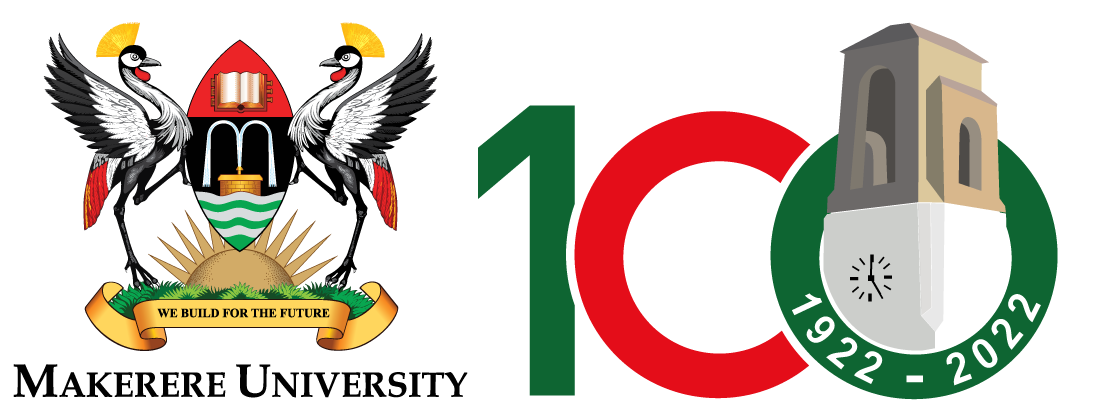Current trend of human population growth and unpredictable climate changes are adversely impacting agricultural production around the globe. This is rendering millions of people, especially in low- and middle-income countries vulnerable to hunger and food insecurity. Cassava is a crop that has been envisioned to overcome this challenge. It is a staple as well as food security crop and source of livelihood for over 500 million people in sub-Saharan Africa and other tropical countries. It is also a source of animal feed and raw materials for the starch, bioethanol, garment, bakery, paper, adhesive and pharmaceutical industries.
Genetic improvement of many important traits, a prerequisite for development of new varieties in cassava, has been slow due to many constraints including limited knowledge on the genetics and inheritance of these traits and poor or inability to flower exhibited among many farmer-preferred genotypes. Besides, flowering time in cassava varies widely among genotypes, in some, onset of flowering is early while in others it is late. This, thus, hinders synchronism among parents selected for crosses. This, coupled with lower ratios of female flowers and high flower/fruit abortion rates, is an impediment to successful hybridization. Currently, research efforts (including this one) are being dedicated to finding methods for effective induction or enhancement of flowering and seed set in non- or hard-to-flower cassava genotypes and for overcoming the rampant fruit abortions. Pollen fitness (viability and size), its functionality and ploidy status/amount of DNA are some of the factors believed to underpin fruit abortions in many plant species. Whether this is true for cassava, needs to be verified. Advances in molecular marker biotechnology and the construction of a cassava genome has enabled dissection of the genetic architecture of several traits in the crop, for example, dry weight, beta-carotene and disease resistance. However, the genetic basis of flowering traits is largely unknown.
The purpose of this research is: 1) to quantify the effectiveness of extended red light photoperiod in combination with pruning and plant growth regulators in enhancing flowering and fruit set in cassava. This is being done by applying extended red light (600 to 700 nm) photoperiod with supplementation of plant growth regulators (benzyl adenine and silver thiosulphate) and pruning treatments. 2) To assess pollen fitness and its relationship with success of fruit and seed set in cassava. This is involving determination of pollen viability (by in vitro and in vivo techniques), pollen size measurement and estimation of DNA content using flow cytometry. 3) To identify genomic regions closely associated with flowering traits in cassava. This is involving phenotyping and genotyping to identify SNPs associated with flowering traits using the Genome-wide Association Studies (GWAS) tool. Overall, this research will generate protocol(s) for inducing/enhancing flowering and fruit/seed set in cassava as well as identification of markers associated with flowering traits, which is critical for accelerated genetic improvement for variety development in the crop

